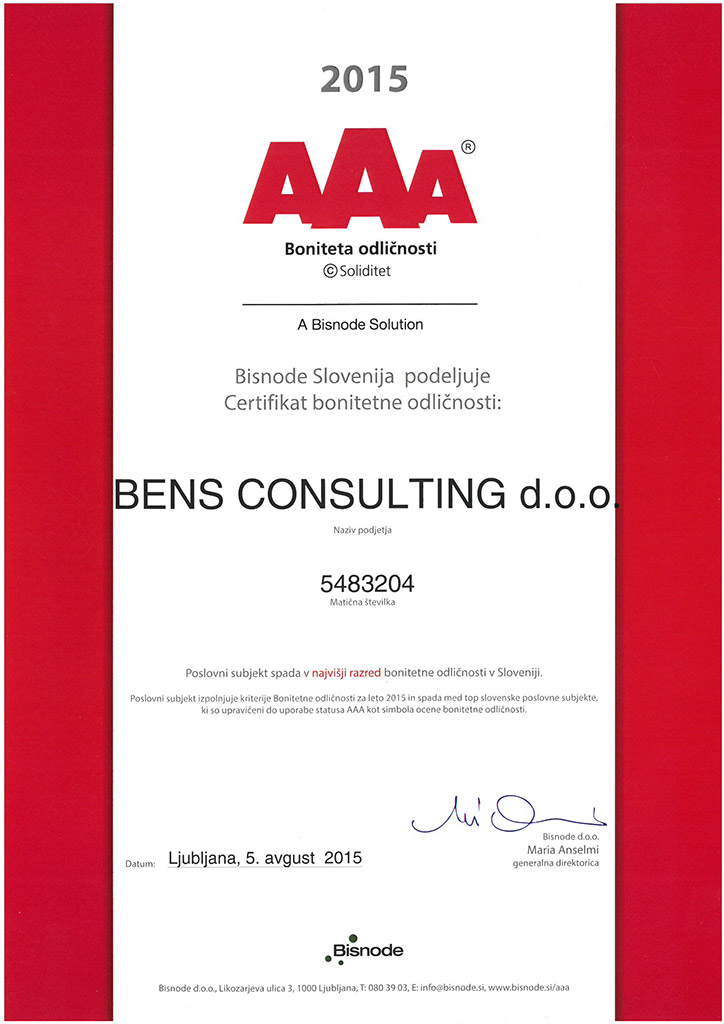
During floods, many electric vehicles can become submerged in water. This not only affects the batteries but also the entire electrical system of such a vehicle. Today, we, as experts in the field of chemistry, address the potential issues we see in such situations and how to handle them.
Let's first consider some potential problems:
-
Short circuits: Water infiltrating the vehicle's electrical system can trigger chemical reactions within the battery, potentially leading to short circuits. And who wouldn't be concerned about the risk of a subsequent fire?
-
Corrosion: Water is known for its ability to cause corrosion. If water reaches the electrical contacts and connections of the battery, the corrosion process may begin, resulting in poor contact and reduced battery efficiency.
-
Electrolyte leakage: Flooding can cause the battery to leak electrolyte, which is harmful both to the battery and the environment.
-
Electrode oxidation: Batteries contain electrodes that are not particularly fond of moisture. If moisture reaches these electrodes, they can start to oxidize, which is detrimental to battery performance.
When your electric ride experiences an unwanted flood, it is crucial to handle the battery correctly to prevent issues and risks. This is where experts come into play.
Electric vehicle experts are the right people for this job. With their knowledge and experience, they will assess the damage to the battery and take appropriate measures to mitigate potential risks. In some cases, the power supply to the electric vehicle may be safely disconnected by professionals. Never attempt this on your own, as safety comes first.
Now, let's move on to the second part – what can you do with discarded batteries and accumulators?
It is important to note that this situation has its guidelines. The Regulation on the Handling of Batteries and Accumulators and Waste Batteries and Accumulators, along with the Waste Regulation, dictates how to deal with discarded portable batteries and accumulators. You can achieve this by:
- returning the battery to the distributor of portable batteries and accumulators,
- disposing of the battery through a public service provider in collection centers for separate collection of municipal waste or in mobile collection points for separately collected hazardous fractions of municipal waste, or
- handing over the battery to a collector of waste portable batteries and accumulators.
These measures ensure that discarded batteries and accumulators are properly disposed of and recycled in accordance with environmental guidelines.
However, it is of utmost importance to seek help from experts because a flooded electric vehicle poses a risk of electric shock. Therefore, do not experiment on your own; instead, trust the professionals who will ensure your safety and the safety of the environment.
If you have any further questions in the field of ADR, feel free to send them to ana.pavcic@bens-consulting.eu.
Author of original photo elfranckito portal Freepik






 Back to posts
Back to posts

